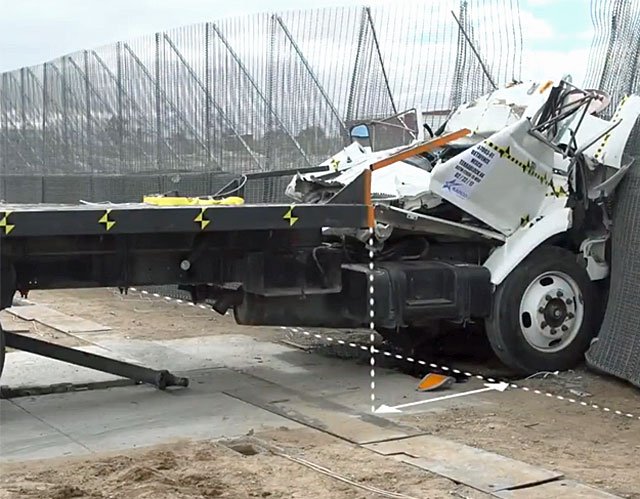Bobby Hamilton, European Sales Manager at Hesco, explores how perimeter security systems have evolved to support new counter-terror security tactics.
Many urban threats used to be seen, at least in the eyes of the public, as things that happened on other shores.
However, an increase in urban attacks of late has put pressure on security services to come up with innovative solutions that allow business to continue as normal and the public to enjoy some peace of mind.
Amid these new threats, coupled with geopolitical fears and the ongoing refugee crisis in Europe, governments are attempting to make borders more secure and event venues and stewards of high-risk public areas are following suit.
With terrorists now using vehicles as weapons, many existing security solutions need reassessing as they are inadequate at preventing vehicular attack. This month marks the anniversary of the Nice attack and similar incidents have occurred since in Berlin, Stockholm and London.
The change in tactics has rendered current security provisions outdated. A proactive, preventative approach is now required if security personnel are to put a stop to such incidents.
Mitigating risk
While no guarantee can be made about the safety of those attending events or conducting their daily lives in high-risk, crowded public areas, perimeter security does provide an increased level of protection and has seen advancements designed to mitigate the risk and impact associated with today’s urban threats.
Previously seen on military bases, oil and gas fields and other important infrastructure, perimeter security products have become popular for those looking to secure their event and put public safety firmly back on the agenda.
Threats are, of course, unpredictable. However, providing a readily-available solution for areas deemed high-risk due to large volumes of the public passing through, including stadiums or other event spaces, can help deter or reduce the impact of vehicular and some other attacks.
The concrete blocks so far installed have actually been found to be near to useless when tested by researchers in Germany
While video cameras and security guards are two of the most common security measures that organisations have in place, they aren’t always the most effective. With hostile events increasing in frequency, there has been a reliance on video surveillance to identify perpetrators and ensure that every angle is covered. However, surveillance cameras are mostly effective when the attack has already happened.
There’s no doubt that the increased threat level has meant that event organisers and those managing security in high-risk areas have had to look at alternative ways in which they can prevent attacks or reduce their impact.
Protecting civilian areas has become a higher priority, with perimeter security generating much interest and innovation.
In reaction to the London attacks, Metropolitan Police Commissioner Cressida Dick announced that vehicle barriers were to be installed across London in some form or other. Yet while such reactive measures are of course welcomed, it’s imperative that everyone involved in public security should take action in the threat against urban terror.
The concrete blocks so far installed have actually been found to be near to useless when tested by researchers in Germany, who found that they would be unable to prevent similar attacks.
These revelations have prompted the development of barriers that are crash-resistant up to speeds of 50mph and use an anti-climb mesh to prevent further intrusions.
As the solutions are flat-packed and can be earth-filled, they are an effective option for event security, minimising installation time and the impact on the surrounding environment. Units can also be branded, so they remain inconspicuous and in line with an organisation’s existing branding.
New threats are presenting themselves every day. Organisations and urban spaces are aware they can no longer be just reactive in the wake of a hostile event. Precautionary measures are becoming increasingly advanced and accessible, and where public safety is concerned, you truly cannot put a price on it.
Keep up with the access control market
The physical access control market is moving fast. Find out where you stand with the latest edition of IFSEC Insider's comprehensive 2022 State of Physical Access Control trend report, covering all the latest developments within the market. We assess the current technology in use, upgrade plans and challenges, and major trends on the horizon after receiving the views of over 1000 security, facilities and IT professionals.
Get your copy for free today.



it is the best system & had installation J&K Border in NELCO as a team number